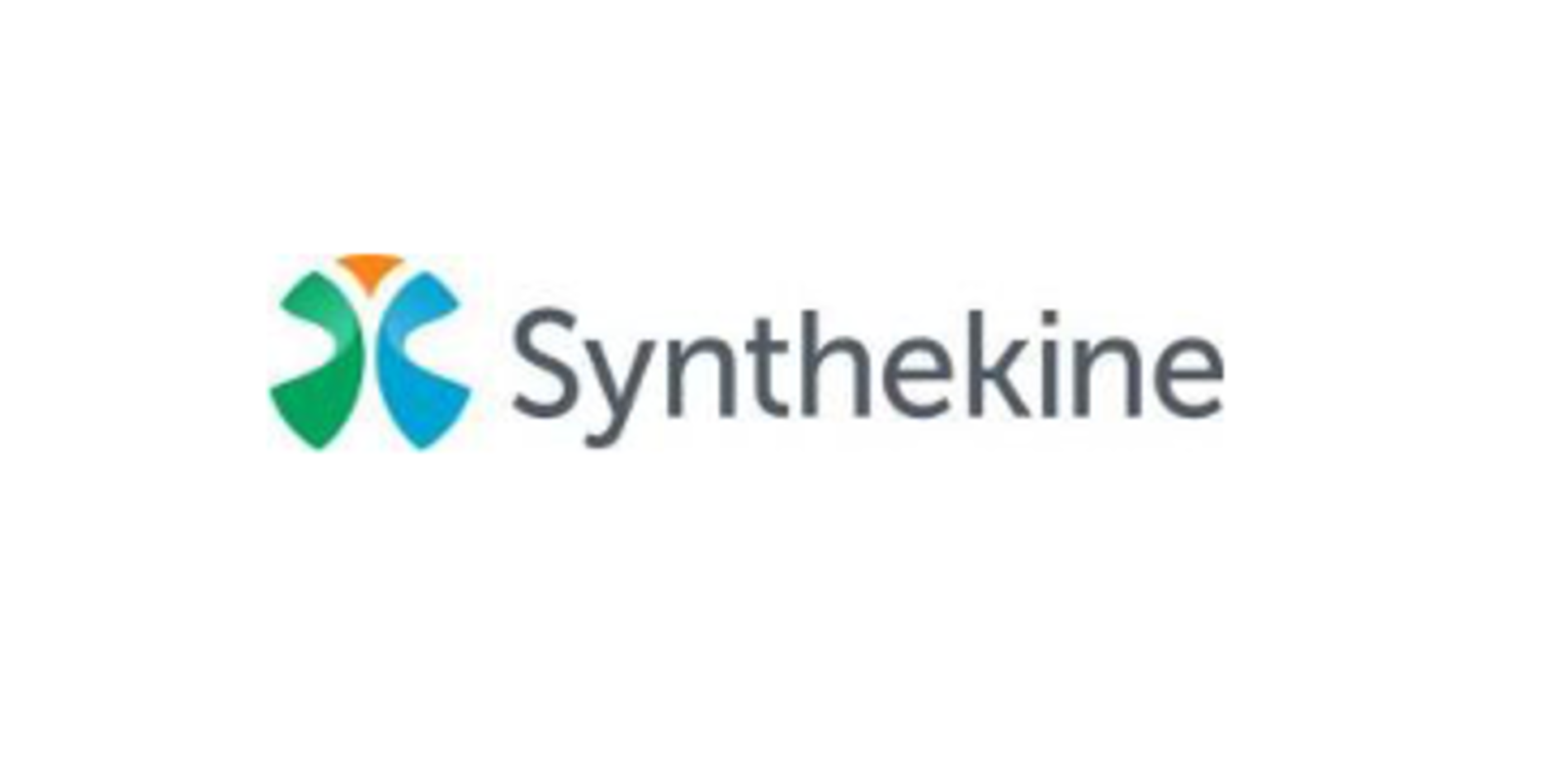Focus on Impact: InvinciKids & the Stanford Chariot Program deliver virtual reality alternatives for pediatric anesthesiology

When a child headed into surgery cries for their parent with fear and anxiety, their anesthesiologist often witnesses the worst of their patient’s worries. These real emotions have long been a challenge faced by both medical professionals and parents seeking alternatives from medications and their side effects. Traditionally, children are calmed with midazolam and other drugs, but a team of pediatric anesthesiologists at Lucile Packard Children's Hospital Stanford discovered a groundbreaking solution: virtual reality and other immersive technologies. The distraction of play turned out to be as effective at calming certain patients, if not more, than a drug.
“Unlike conventional methods, our innovative approach ensures a seamless and serene experience for children heading into surgery, redefining the landscape of pediatric anesthesiology,” says Dr. Thomas Caruso, MD PhD, the co-founder and co-director of the Stanford Chariot Program, a translational research and clinical lab at Stanford Medicine Children’s Health that has developed smart projectors, and more than 20 virtual reality and augmented reality applications to capture patients’ imaginations.
The idea emerged from the halls of Lucile Packard Children’s Hospital Stanford, where Caruso and his colleague, Dr. Sam Rodriguez, MD, both pediatric anesthesiologists, witnessed their young patients struggle, and envisioned a technology-driven remedy focused on fun. First, the duo set up shop in their garages and built a video projector that transformed a patient’s hospital bed into their own personal movie theater. The doctors saw how the novel tech easily distracted and comforted their patients during medical procedures. Next, the team began to develop patient-focused video, virtual reality, and augmented reality applications that withstood the challenges of a hospital setting. The researchers have since found that patients undergoing these therapies feel less fear, perceive less pain, require less anesthesia, and recover faster with Chariot’s immersive technology.

“One of the most endearing aspects about the Stanford Chariot Program is that it's entirely philanthropically funded through the Lucile Packard Foundation for Children’s Health,” says Caruso. “The program has been developed by the community and for the community.” When Caruso, Rodriguez, and fellow pediatric anesthesiologist Dr. Ellen Wang, MD, began to think about helping kids outside of Stanford Children’s hospital, they recognized that providing distribution licenses at no cost to pediatric providers would maximize their impact and align seamlessly with their core altruistic values. At the same time, the doctors hoped to spend more of their time focused on research and clinical adoption rather than distribution. They approached Stanford’s Office of Technology Licensing team and together collaborated on a roadmap for software and hardware distribution by forming a nonprofit they named Invincikids. “The nonprofit route was the right way to go,” says Caruso. “We believe that cost should not be a barrier for any children accessing our technologies.”
To assist the team with this vision, the Stanford Office of Technology Licensing (OTL) executed a rare zero-dollar license agreement to help with distribution of the technology. Stanford OTL’s David Mallin, who oversaw the agreement, saw the move as essential to helping Invicikids fulfill their altruistic mission while keeping in line with OTL’s mission to transfer technology for the benefit of society. “Our goal in the license was to maximize the impact by enabling the distribution outside of Stanford with as little encumbrance as possible. This meant providing the license without any fees or royalties as long as Invincikids operated under the same model providing the software free of charge,” he says of the agreement. “The software technology behind Invincikids was always one that the researchers were distributing free of charge to whoever was in need. They were (un)fortunately soon faced with demand that they could not satisfy while continuing their clinical and research work.”
This arrangement has enabled the expansion of the work of the Stanford Chariot Program worldwide. Under the leadership of Invincikids Executive Director Andre Bollaert, immersive experiences are reaching pediatric patients globally, extending to over 40 prominent children’s hospitals and universities across more than 10 countries. This network of Institutional Partners developed during the past 3 years has free access to Invincikids’ extensive catalog of immersive software applications developed by the Stanford Chariot Program and other licensed content providers. But Invincikids’ impact goes beyond mere distribution. Through their Access Partner program launched in March 2023, they offer complete immersive technology setups, both software and hardware, to clinical partners serving under-resourced communities. Additionally, three developers focused on software development collaborate with researchers worldwide to create healthcare-focused applications. These applications not only serve research purposes but also hold the promise of being deployed globally, making immersive healthcare experiences more accessible for children regardless of their geographic location or economic background.
Looking forward, Invincikids has charted an ambitious path with co-founders Caruso, Rodriguez, and Wang still deeply involved as board members. Their recently launched Advisory Board, composed of academic and industry leaders in immersive technology, will guide further expansion of their programming, with valuable insights and strategic vision. Meanwhile, back on campus, the doctors and their expanding research team at the Stanford Chariot Program continue to expand upon their more than 40 published studies on the benefits of VR and other immersive tech on kids suffering from chronic pain, minor procedures such as blood draws and cast removals, as well as the benefits of education and physical therapy rehabilitation.
What sets the Stanford Chariot Program and Invincikids apart is their unwavering focus on tailor-made solutions, explains Boellart. “These immersive experiences aren’t mere games; they are meticulously crafted interventions designed to offer increased distraction to reduce anxiety, alleviate pain, assist in physical therapy, and enhance overall mental health. This intentional approach, backed by rigorous research and development, ensures that every piece of software they distribute serves a specific purpose, making a tangible difference in the lives of pediatric patients.”
Read more about the Stanford Chariot Program.
Read more about Invincikids.

